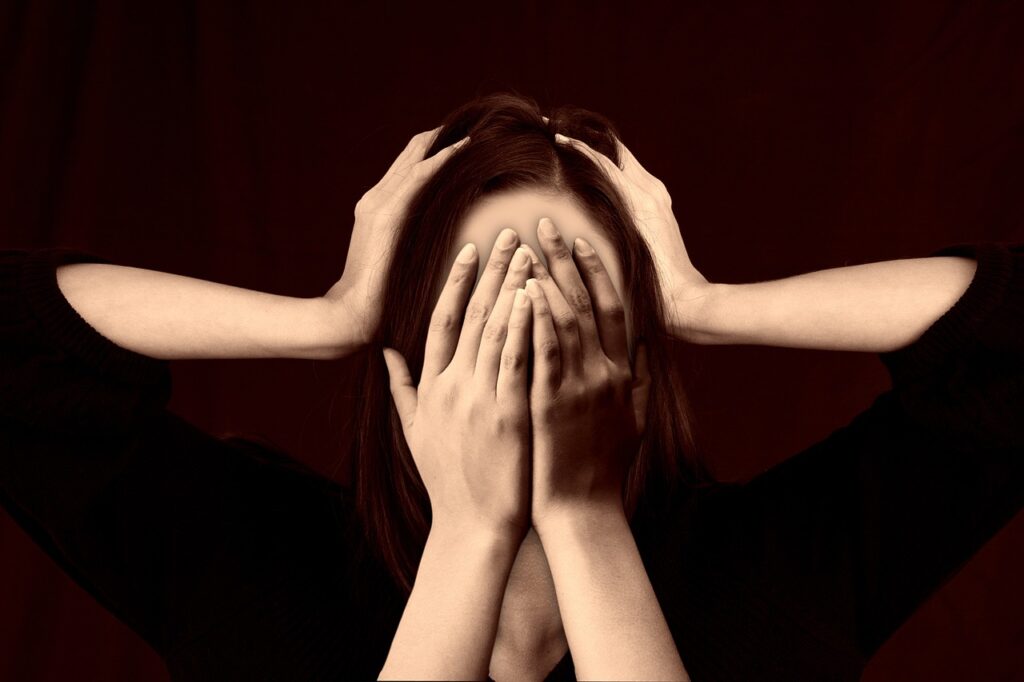Bipolar Disorder: An Overview
Bipolar disorder is a recurrent and sometimes chronic mental health condition that affects around 2% of the world’s population. It encompasses a spectrum of mood states, ranging from severe elevated and excitable moods (mania) to dysphoria, low energy, and despondency of depressive episodes.
Understanding Bipolar Disorder
Bipolar disorder commonly starts in young adults and is a leading cause of disability and premature mortality. The clinical manifestations of bipolar disorder can vary significantly between individuals and across their lifespan. Early diagnosis is challenging, and misdiagnoses are frequent, potentially resulting in missed early intervention and increasing the risk of iatrogenic harm.
Treatment Modalities
Over 15 approved treatments exist for the various phases of bipolar disorder. However, outcomes are often suboptimal due to insufficient efficacy, side effects, or lack of availability. Lithium, the first approved treatment for bipolar disorder, continues to be the most effective drug overall. However, full remission is only seen in a subset of patients1. Newer atypical antipsychotics are increasingly being found effective in the treatment of bipolar depression; however, their long-term tolerability and safety are uncertain.
For many individuals with bipolar disorder, combination therapy and adjunctive psychotherapy might be necessary to treat symptoms across different phases of illness. Several classes of medications exist for treating bipolar disorder, but predicting which medication is likely to be most effective or tolerable is not yet possible.

Conclusion
As pathophysiological insights into the causes of bipolar disorders are revealed, a new era of targeted treatments aimed at causal mechanisms will hopefully be developed1. For now, clinical judgment, shared decision making, and empirical follow-up remain essential elements of clinical care.
This article provides an overview of the clinical features, diagnostic subtypes, and major treatment modalities available to treat people with bipolar disorder. It highlights recent advances and ongoing therapeutic challenges.
